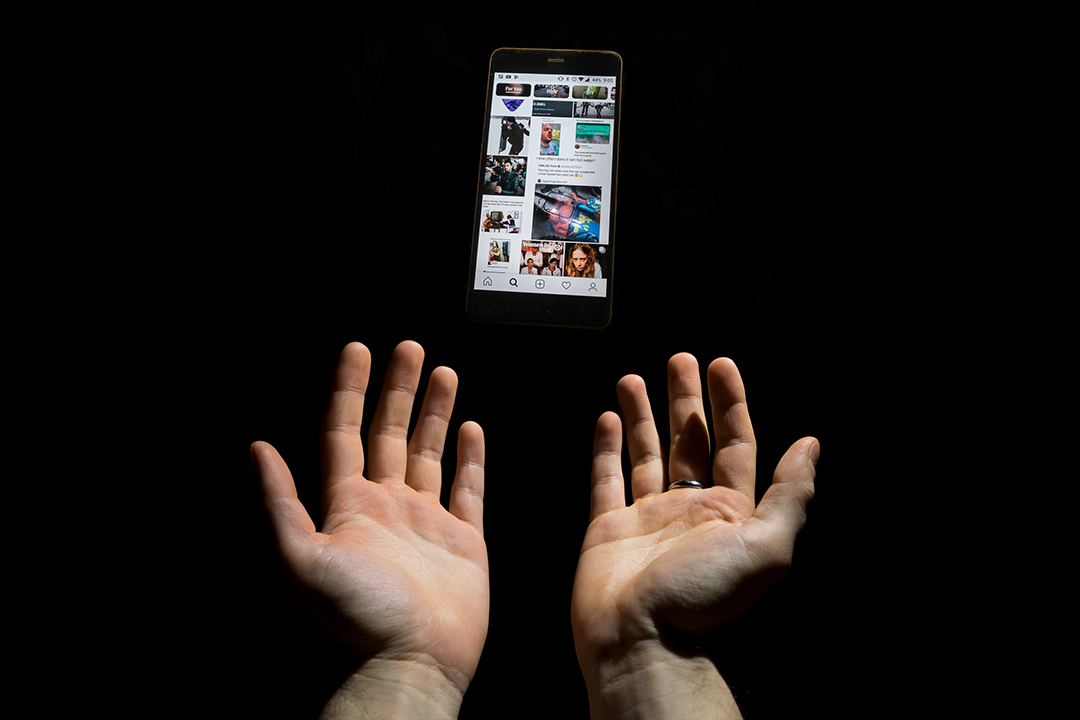Our technologies talk to us, but despite the glimmer of novelty usually imposed on voice technologies, they aren’t that new.
Siri has been reading us the weather for over seven years now, and, historically, talking computers date back to 1952, when the University of Edinburgh created the Parametric Artificial Talker (PAT), which was one of the first computers to transmit artificially generated sounds. Today, more people talk to technology than ever before. As of 2017, there are over 700 million iPhone users worldwide and over 20 million Alexa devices have been sold. As of last year, there are over 500 million devices equipped with Google Assistant.
Usually, when we think about verbal interactions with technology, we default to two distinct tropes. The first is viewing voice technologies as a joke. There’s a myriad of YouTube videos featuring kids playing tricks on Alexa or listicles of funny things you can ask Siri (if you like a good dad joke, I suggest asking Siri why fire trucks are red). The second is our fear of voice technologies. Often, we imagine these devices as one degree away from the robot apocalypse or the creepy human-technological relations portrayed in films like Ex Machina (2014) and Her (2013). In fact, when I first pitched this article topic at the magazine meeting, someone shared that they once overheard their eight-year-old sibling saying “I love you” to Alexa. Everyone around the table either gasped, cringed, or shook their head.
I think the relationships between people and their voice technologies are more complex than we like to think they are.
To understand these relationships, I’m putting aside some very real fears about theses technologies, such as surveillance and security concerns (you might want to look into how much your device listens to you or what happens to your data). I want to unpack the relationships between people and their voice technologies because I think it’s interesting that all these talking technologies are gaining popularity at a time when popular discourse might have you thinking that we don’t ‘talk’ or ‘share our feelings’ anymore.
Talking is a distinct mediation of our relationship with technology. It’s different than writing down our thoughts or touching our screens. If we can communicate via touch or language, why do we feel the need to talk to our technologies? What makes these interactions unique?
Cristina Poindexter, a former voice technology researcher at Google, explains that “social interactions teach us. It doesn’t matter if they’re with beings that are clearly alive, or with technology that occupies some uncanny middle.” She suggests that conversations with these technologies are just a new and different kind of social connection. Conversely, Sherry Turkle, an author and Massachusetts Institute of Technology (MIT) professor, insists that conversations with robots lead to robotic conversations between humans. “As we treat machines as if they were almost human, we develop habits that have us treating human beings as almost-machines,” according to Turkle.
Talking to technology is especially contested when the tech users are children.
One New York man reported that the first words his toddler learned were “mom,” “dad,” “cat,” and “Alexa.” Also, communication breakdowns between children and voice technologies can be confusing — until very recently, voice technologies were programmed to respond to adult voices. Parents also fear that barking commands at Alexa, Siri, or Google Assistant teaches their children to be rude or bossy.
However, early studies at MIT suggest that children are well aware that these devices are not real people. Research has also found that sophisticated voice technology designed to interact with children can assist kids struggling with language or speech development. Voice technologies could also provide companionship to socially isolated children, building their confidence until they feel comfortable speaking with their peers. As for Alexa making kids rude: experts at Carnegie Mellon University actually think teaching kids to say “please” and “thank you” to Alexa blurs the line between humans and technology, further confusing how we treat people versus how we treat robots.
Another example of the intricate relationships between people and voice technologies occurs within the realm of therapy, health, and care. Services like The Difference — an on-demand service provided through Alexa — provide therapy and counselling for people with less money, difficulty finding someone they trust, or a desire to remain anonymous. Socially isolated individuals such as seniors or neurologically atypical people may also find comfort and companionship in voice technologies. Alexa can also assist these individuals in care practices like reminding them to take their medication. Yet it becomes tricky when these technologies begin to replace the care we extend to each other. On the other hand, would people who rely on these technologies be better off if the robot wasn’t there and they had nobody to talk to?
So what does this have to do with anonymity, intimacy, and relationships? Are we risking our ability to communicate with each other for the opportunity to interact anonymously? Conversations between human beings and their voice technologies fall at the centre of a complicated debate about human technological relations. One thing is for sure: as voice technologies become increasingly ubiquitous, we need to confront some difficult questions, and we can only do that if we understand the full scope of the relationship between humans and their voice technologies.
